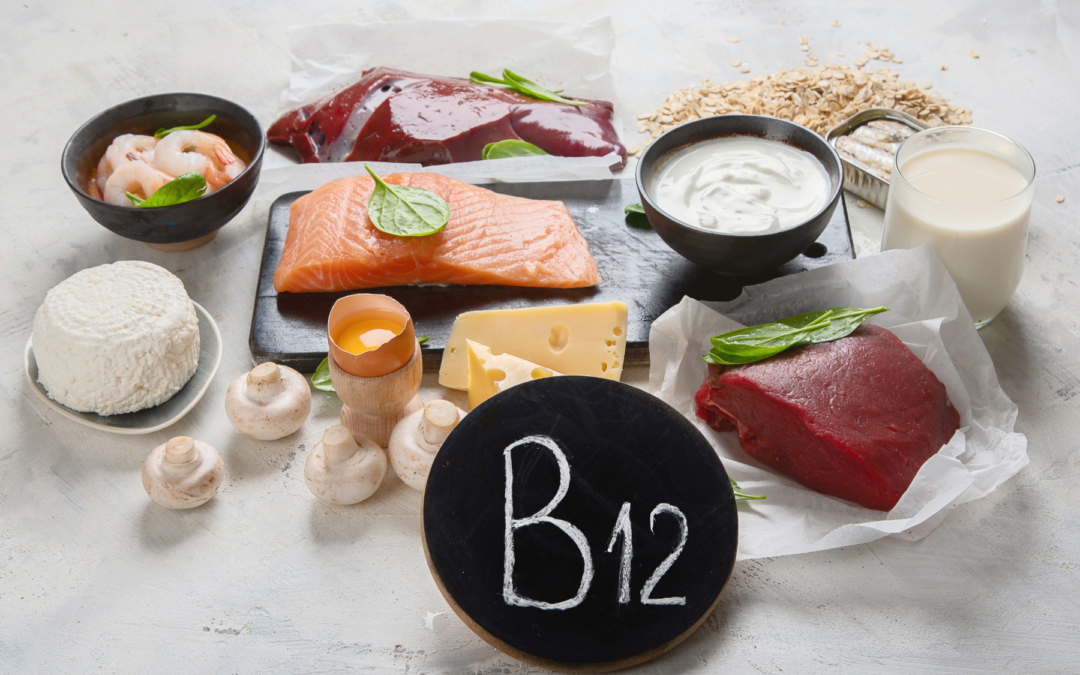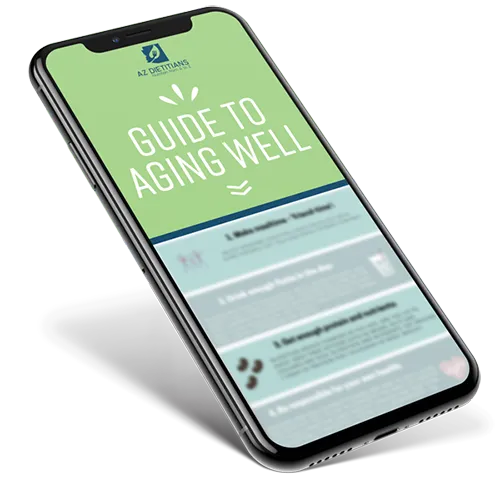Created by Rachel Raymond, Dietetic Intern
Fiber, also known as dietary fiber, is a substance found in all plants. Fiber helps form the supporting structures in plants such as the leaves, stems, and seeds. It is a carbohydrate that passes through the body and is not absorbed. Now, why would we need fiber if it can’t be absorbed? Let’s dive into that!
Soluble & Insoluble Dietary Fiber
First of all, there are two types of fiber: soluble and insoluble. Soluble fiber absorbs water and forms a gel. This gel helps slow down digestion. For the most part, it helps us to feel full for longer periods of time. This action allows for slower absorption of sugar/glucose which helps regulate normal blood glucose levels. It also can help lower blood cholesterol levels by blocking cholesterol absorption. Some soluble fibers are even fermented in the gut by healthy bacteria which allows us to absorb other beneficial nutrients.
Insoluble fiber often maintains its shape throughout digestion and does not absorb water. Examples of insoluble fibers include whole kernels of corn, celery strings, and the outer layers of wheat. These fibers help sweep the digestive tract clean while easing bowel movements. In other words, insoluble fiber prevents constipation.
Health Benefits of Fiber
In addition to those mentioned, there are countless other benefits that accompany a fiber-rich diet. Eating adequate fiber can reduce risk of heart disease and certain cancers as well as prevent or help control diabetes and digestive issues. Fiber is also important in weight management. Since it keeps us satisfied longer, we’re less likely to eat more than we should.
How Much Dietary Fiber Do You Need?
To reap the benefits mentioned above, the body needs a minimum of 14 grams of fiber for every 1000 calories consumed. That means someone consuming 2000 calories each day should aim to eat 28 grams of fiber each day. Someone consuming 3000 calories a day should be eating 42 grams of fiber throughout the day. You get the picture. If you’re currently not getting this much fiber in your diet, it’s best to slowly incorporate more and more into your diet day by day. Too much fiber too quickly can cause gastrointestinal discomfort, so be sure to ease it in gradually.
High-Fiber Foods
Consuming enough fiber takes some planning and can seem a little tricky at first. Once you’re familiar with foods containing fiber, you’ll know which food choices to make to help your body run at its best. To help you meet your fiber goals, I’ve made a list below of high fiber foods to begin including in your diet. In addition to the natural foods listed, there are many processed foods that have fiber added to them. Be sure to always check the label for fiber content. Anything with 2.5 grams or more is considered to be a good source of fiber.
| High Fiber Foods |
| Food | Serving Size | Total Fiber (grams) |
| Split peas, boiled | 1 cup | 16 |
| Lentils, boiled | 1 cup | 15.5 |
| Black beans, boiled | 1 cup | 15 |
| Baked beans, canned | 1 cup | 10 |
| Chia seeds | 1 ounce | 10 |
| Avocado | 1 medium | 9 |
| Green peas, cooked | 1 cup | 9 |
| Raspberries | 1 cup | 8.0 |
| Edamame (soybeans) | 1 cup | 7.5 |
| Whole wheat pasta | 1 cup | 6 |
| Pear | 1 medium | 5.5 |
| Bran flakes | ¾ cup | 5.5 |
| Instant oatmeal | 1 cup | 5 |
| Broccoli, cooked | 1 cup, chopped | 5 |
| Apple, with skin | 1 medium | 4.5 |
| Potato, cooked with skin | 1 medium | 4 |
| Whole wheat bread | 1 slice | 2-4 |
| Popcorn, air-popped | 3 cups | 3.5 |
| Almonds | 1 ounce | 3.5 |
| Banana | 1 medium | 3 |
Adapted from Eatright.org






